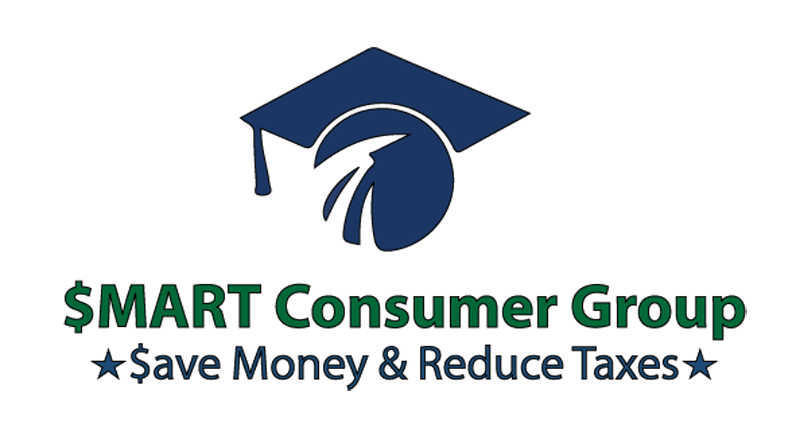How To Manage Your Debt

Start With Setting Your Goals
You can't begin your journey until you know your destination. The first step is always to set your goals. Goals are the glue that holds your entire financial plan together. Until you make and WRITE DOWN your goals, you are not committed. Once formulated, your goals should be reviewed and updated on a regular basis. If you are married, set joint goals with your spouse. When times get tough, it's your goals that will keep you on the right path. Take a moment right now and make some goals.
- MY SHORT TERM GOALS: (1-4 years)
- MY MEDIUM TERM GOALS: (5-10 years)
- MY LONG TERM GOALS: (11+ years)
Do You Know the Real Cost of Credit?
Before you start to create your financial plan you must understand how fast irresponsible use of credit can unravel it. For most people the the most expensive debt they have is credit card card debt. The perfect way to use a credit card is to pay off the balance each month. That way the interest rate on the card doesn't matter because you'll never pay any interest. Running a balance on a credit card should always be your last resort. Let's look at why this is so important.
- Cost of Credit - Unless you have sterling credit, the average interest rate typically runs between 12% to 16% on most cards. If your credit score is poor (usually 620 or less), that rate can easily be 25%. Many people only make the minimum payment on their cards. This will generally be $20 - $40/month or 1%-3% of the balance (whichever is higher). Here are examples of what you will face if you pay only the minimum payment:
- Assume you have a $2000 balance on you card, you are making a minimum payment of $40/month, and your interest rate is 13%. If you didn't add any additional charges, it would take you just under 15 years to pay this off and would cost you over $1800 in interest charges!
- With the same $2000 balance on your card, the same minimum payment of $40/month, and your interest rate at 16%, with no additional charges, it would take you 19 years to pay this off and the cost would be $2294 in interest charges!
- If you have a $2000 balance, are making a minimum payment of $40/month, and your interest rate is 25% and you didn't add any additional charges, it would take you over 30 years to pay this off and it would cost you over $17,500 in interest charges!
- The Monster in Your Credit Card - If you ever take cash advances using a credit card, you are creating a monster which is very hard to kill and it is the worst and most expensive way to access money. Here's why:
- For starters, you will incur cash advance fees from your card issuer. This could be a flat fee or a percentage. In addition, you will be charged a fee from the owner of the bank or ATM where the transaction is processed.
- Many people are unaware that the interest rate on cash advances is typically not the same as your normal credit card interest. It will usually be significantly higher and it starts accruing interest immediately. There is no grace period for cash advances.
- The cash advance is accounted for separately. If you only pay the minimum amount due on your credit card, odds are that none of your payment will be credited to your cash advance balance. Since the credit card company is normally charging much higher interest for the cash advance, they have no incentive to see it paid off quickly. This is why we call cash advances, the monster in your credit card. Don't use them!
- Use Credit Responsibly - Don't charge more than you can pay off at the end of the billing cycle and always pay on time. Late payments on credit cards will drop your credit score.
Develop a Financial Road Map

Budget does not have to be a “Four Letter” word. Your goals give you a destination, but before you can develop a plan (your financial road map) you must first establish your starting point. This must include a close examination of all your spending habits. To pin down the "miscellaneous" category, try keeping a log of all your cash expenditures for at least one month. You'll be amazed at where your money is really going. It is extremely important to be as detailed as possible for this exercise.
- List your income & expense categories
- Create three columns for expense types and assign each expense - Fixed / Variable / Discretionary
- Include a line for SAVINGS as the first expense item
- Do the accelerator dollars exercise (See next page)
- Make appropriate adjustments
- Compare income & expense totals
- If the expenses still equal or exceed the income it's time for you to seek the advice of a credit counselor

 Car Buying
Car Buying College Planning
College Planning Computer Safety
Computer Safety Discount Health Plans
Discount Health Plans Final Expense Insurance
Final Expense Insurance Consumer Tips
Consumer Tips Home Buying
Home Buying Home Insurance
Home Insurance Identity Theft
Identity Theft Prescriptions
Prescriptions Shopping
Shopping Travel
Travel Getting Started
Getting Started Debt Roll-Up
Debt Roll-Up Credit Reports
Credit Reports Credit Scores
Credit Scores Credit Repair
Credit Repair Growing Wealth
Growing Wealth Time Value of Money
Time Value of Money Controlling Risk
Controlling Risk Tax Planning
Tax Planning A Balanced Plan
A Balanced Plan Enlisted Pay
Enlisted Pay Officer Pay
Officer Pay Finding a Job
Finding a Job Relief Act
Relief Act Thrift Savings Plan
Thrift Savings Plan VA Education
VA Education VA Home Loans
VA Home Loans VA Health Care
VA Health Care VA Pension Benefits
VA Pension Benefits VGLI
VGLI
